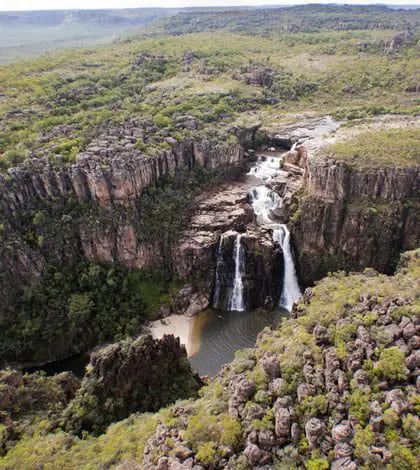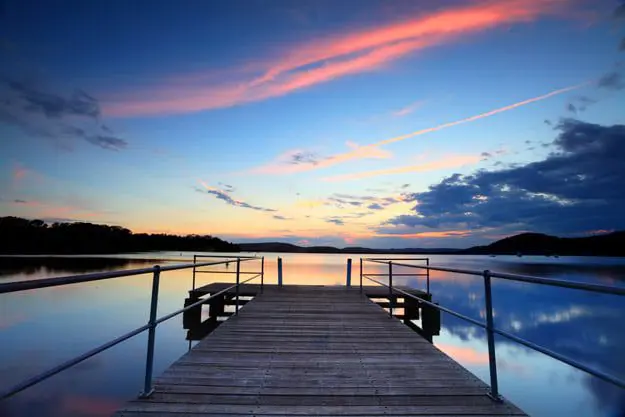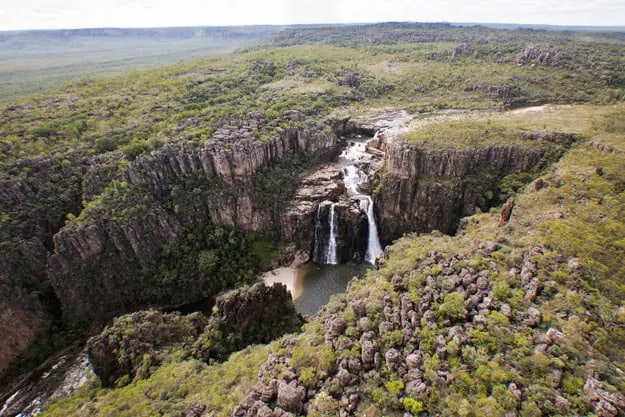International tourists to Australia are on the rise, but they are choosing to stay close to big cities instead of venturing into the Outback, according to a new report by Tourism Research Australia.
Regions which have been affected with tourist decline include Victoria’s Upper Yarra district, down 30%, Queensland’s Bundaberg region with a 20% decline, a 17% drop in tourists to Kakadu, NT, and Central NSW has reported 14% fewer tourists compared to last year, news.com reports.
Michelle Hutchison from comparison website finder.com.au told the newspaper 21 of the country’s 83 travel regions had a fall in overseas tourists.
“We have some of the most beautiful and unique destinations in regional Australia, so it’s sad to see that these areas are being neglected by international visitors,” Mrs Hutchison told the paper.
By comparison, all capital cities experienced a growth spurt in the number of foreign tourists, which the paper repots was up 6% overall. Sydney took out the top spot with 2.8 million international visitors, followed by Melboure with 1.8 million, Brisbane with just under a million.
Tourism Australia’s Managing Director, John O’Sullivan, said nationwide 32% of all overseas visitors travelled beyond the gateway cities of Sydney, Melbourne, Brisbane and Perth, which was the same as 2012, the paper reported.
“The truth is Australia is no different to most other destinations with the majority of international holiday-makers building their holiday around the major gateways and the capital cities,” Mr O’Sullivan told news.
“Aviation access obviously plays a major part in this, as does the sheer size of the country.”
Mr O’Sullivan said challenges the tourism industry now faced was to encourage international visitors to stay longer and traveller “deeper” into the country.
“This is reflected in all our international campaigns and marketing activities, which usually contain a strong regional component,” Mr O’Sullivan said.
He cited Tourism Australia’s latest campaign “Restaurant Australia” as a good example of how regional areas could be showcased overseas.








